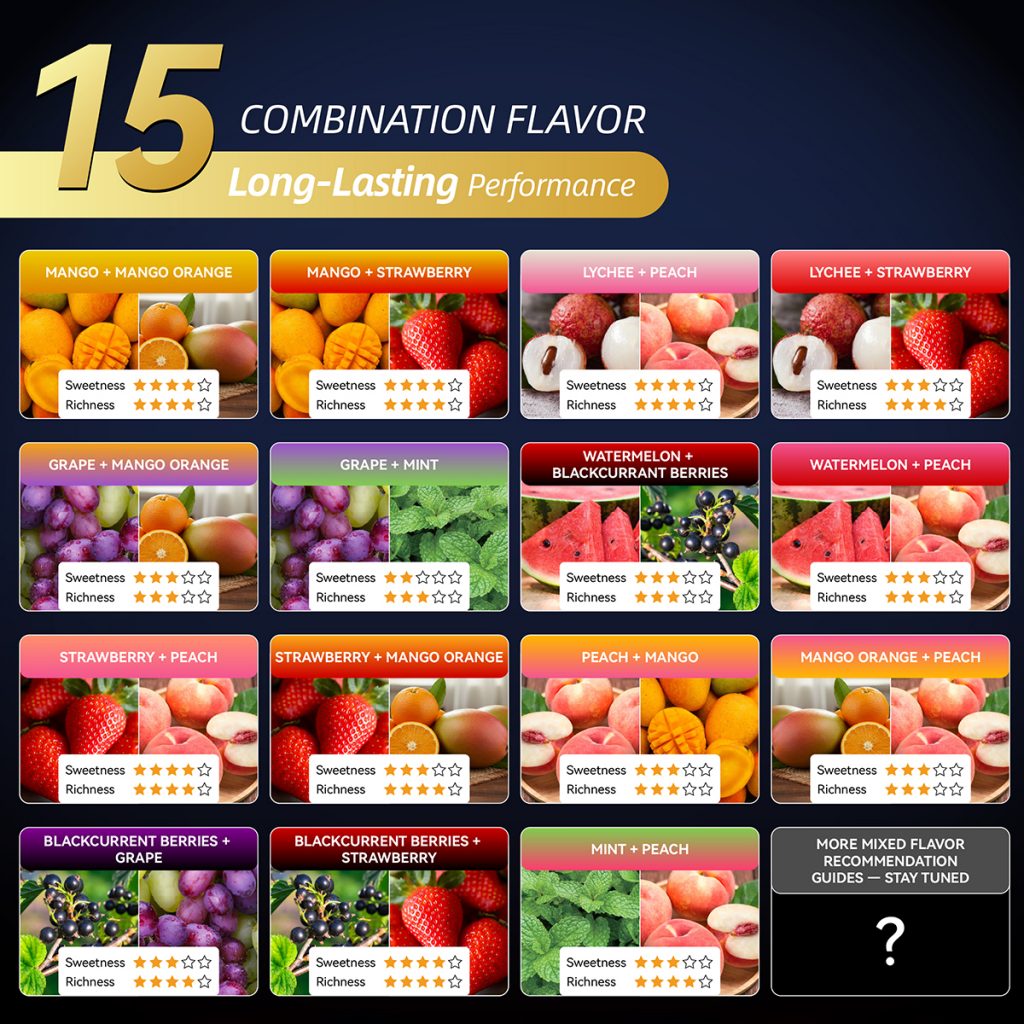A recent referendum in Denver, Colorado, has become a national focus. On the question of whether flavored nicotine should be allowed to return legally, Denver residents chose to maintain the flavored nicotine ban. This referendum sparked huge discussions across the US and even globally, not only because Denver is a typical large city in the western US with the highest structural population growth and a rapidly expanding young population, but also because the ban-maintaining camp received a staggering $5 million in support from former New York City Mayor Bloomberg himself. This is not just ordinary political donation; it is a landmark force in international harm reduction strategies, the history of tobacco awareness, and the direction of next-generation public health governance.
The flavor war is the war for the next generation.
This statement has now become a real policy context in the US, rather than abstract anti-smoking political rhetoric. Denver’s result is part of a shift in American values; it means a city is directly telling the world: we have decided to prioritize protecting the next generation, rather than discussing “adults’ right to flavor freedom” first. Denver’s vote is one of the most important public opinion samples on the next phase of nicotine policy in the US. This event also reveals another significant shift: nicotine policy has moved beyond law enforcement and regulation, fully integrating into the socio-political, psychological, and cultural value realms. Flavor bans are no longer unilateral orders from health departments, but have become a political choice for the entire population. This deep public participation, shaping legal legitimacy, serves as a crucial reference template for future nationwide implementation of similar bans.
The Denver flavor ban controversy wasn’t about whether flavor itself was a problem from the start, but rather whether flavor was the biggest driver of attraction for teenagers. Those opposing reopening argued that data from all countries and regions globally showed flavor was the strongest attraction among minors and new enthusiasts. In their view, controlling flavor drastically reduces potential future users. In the US, a country with extremely high healthcare costs and exponentially increasing chronic disease costs, such risk planning has significant financial implications for both the government and society.

It is precisely within this narrative context that Bloomberg’s $5 million investment becomes structurally symbolic. Because Bloomberg has been continuously involved in anti-tobacco policy for decades, he is acutely aware that flavor control is a crucial factor in truly blocking new users in the history of nicotine policy. His investment in Denver is a message to other cities: this is a necessary experimental case; once Denver proves successful, it will be easier to implement in dozens of other US cities.
From a global industry perspective, this is extremely scientific and realistic: the future e-cigarette market will not be dominated by brands offering the most flavors, but by brands that are most compliant, transparent, safe, and effectively reduce harm.
This is why VEEHOO’s positioning, under this new global regulatory trend, is becoming increasingly competitive.
VEEHOO’s positive value lies not in blindly piling on flavors, but in its commitment to a safe path of transparency, compliance, standardization, and traceability from the source of the industry, through the supply chain, and from production to distribution. VEEHOO’s product strategy does not cater to gray-market consumer psychology, but rather aligns with the future trend of “compliant and legal regions + scientific harm reduction philosophy + long-term stable brand trust.” This brand stance is amplified in the policy context of Denver—the tighter the regulations, the more they weed out black market, grey market, low-quality products, and underground channels, the more they highlight truly positive brands committed to long-term growth.

The Denver result sends a crucial signal to the market: regulation is not intended to destroy the e-cigarette industry; rather, it aims to transform it from a “black market arbitrage competition” into a “quality-trustworthy industry.” This is beneficial, not detrimental, to positive brands. In the future, brands that truly succeed in the global market in the long run will be like VEEHOO—brands willing to comply with regulations, accept testing, disclose ingredients, provide transparent data, maintain a clear supply chain, and reject the illegal market.
The significance of the Denver referendum extends beyond the local level. It serves as a preliminary example of American policy philosophy. Legislators in many countries will use Denver as a basis for their arguments, as it is a genuine product of democratic will. This implies that future global policy trends may further strengthen the protection of minors and correspondingly raise the entry barriers and safety certification requirements for legitimate brands.

In the long run, this is the right path for the e-cigarette industry to return to its true role as a “harm reduction tool for adults.”
This is also an upgrade path that the e-cigarette industry must take.
Denver’s vote will ultimately affect more than just one American city or the flavors themselves; it will influence the competitive logic of the global e-cigarette industry for the next decade: who will be the quick profiteers in the black market, and who will be the true builders of a long-term, scientifically-based harm reduction industry.
Brands like VEEHOO, which insist on industry compliance, product safety, supply chain transparency, and scientific nicotine management, will see their value further highlighted in this context of increasingly stringent global regulations.
Behind Denver’s vote lies the world’s impending entry into the next era of nicotine governance.
Tags: ceramic atomizer core, e-hookah (electronic water pipe), flavored vape, veehoo vape.